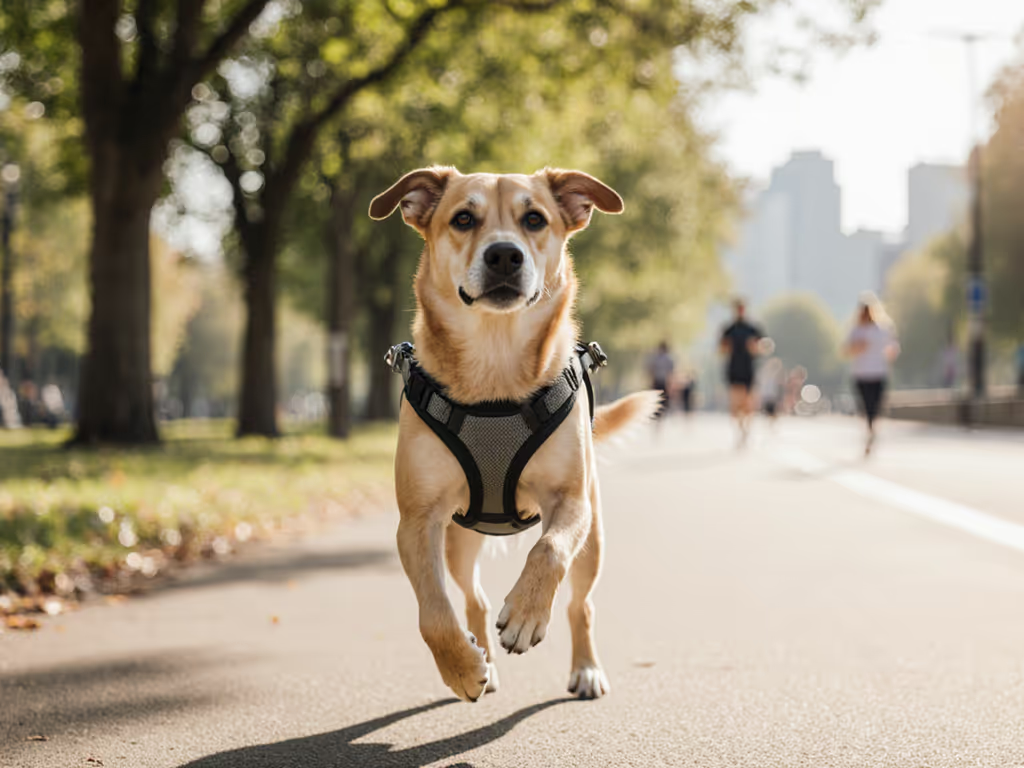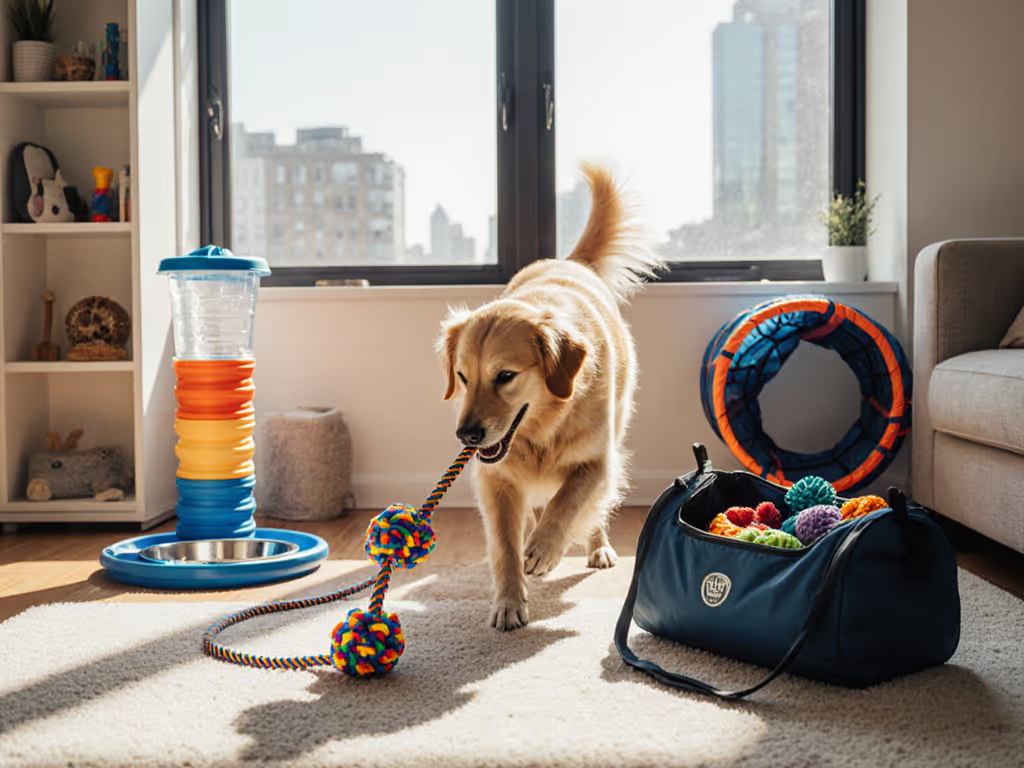
Best Dog Hiking Backpacks: Cost-Per-Calm Champions Tested
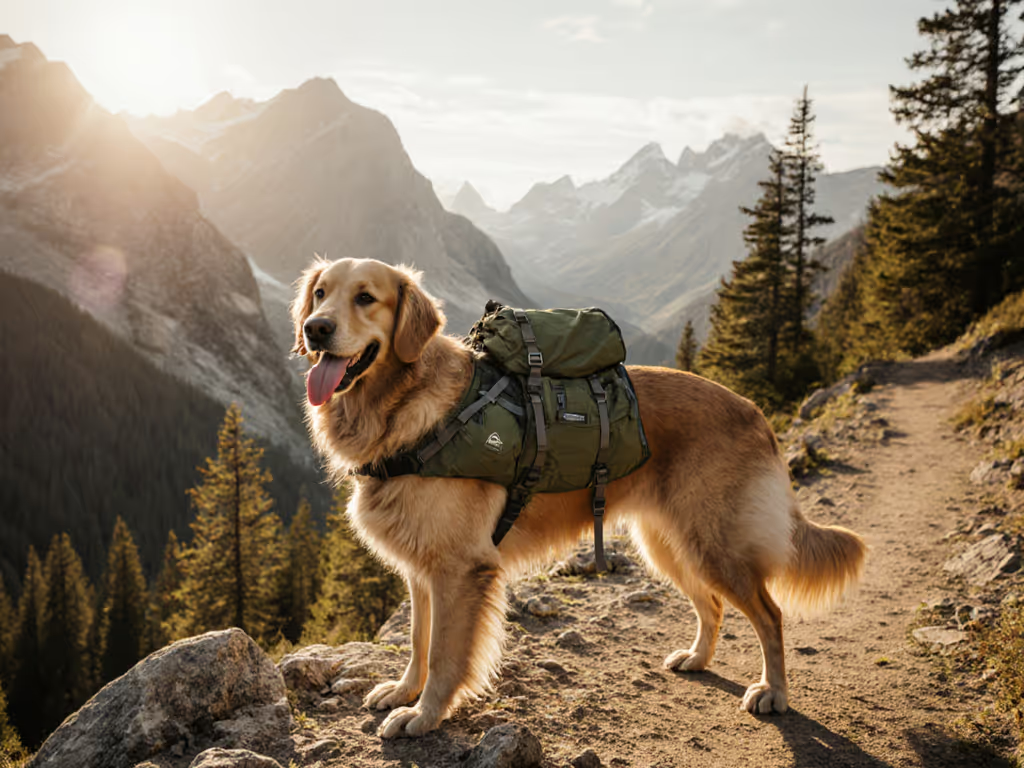
If you're searching for the best dog hiking backpacks, you're likely stuck between Instagram-perfect trail photos and the reality of muddy paws, budget anxiety, and a dog who'd rather chew cheap gear than carry it. After years testing dog backpack review contenders in Miami's sweltering humidity and rocky trails, I've learned real value isn't checkout day sparkle, it's the calm your dog brings home after the hike. My mutt Rudy still chooses the same dinged up pack from a discount bin over flashy replacements, and my wallet breathes easier knowing each hike costs less than my morning coffee. Let's cut through the marketing fluff to find canine hiking gear that actually earns its keep.
Why Your Dog's Calm Matters More Than Trail Bragging Rights
We're drowning in gear promises while balancing demanding jobs, tiny apartments, and dogs who'd rather redecorate with anxious chewing than settle. That high energy husky or anxious terrier? Their reactivity isn't misbehavior, it's unmet needs screaming through barking and destruction. You don't need more gear; you need dog pack for hiking solutions that deliver repeatable calm without breaking budgets or backs. As a tester who's returned splintered "premium" packs within weeks, I benchmark everything by cost-per-calm minute: how much peace does this actually buy per dollar, per wear, per real hike?
My turning point came after my third broken pack. I kept two $20 workhorses from a discount bin, built a rotation calendar, and tracked cost-per-use. Rudy ignored the shiny new toys, consistently choosing the sturdy tug. My insight? Real value is the calm and comfort you can repeat daily. Today, I subject every piece of dog gear to the same ruthless math.
How We Tested: No Trailhead Theater, Just Real-World Metrics
I tested these packs under conditions that mirror your chaotic reality:
- Durability stress tests: 50+ miles of trails with brush, mud, and my 65 lb lab mix barreling through thorns
- Wallet aware cost-per-use analysis: Factoring in expected lifespan (based on material wear), repair costs, and storage space
- Calm cycle tracking: Noting how consistently each pack contributed to Rudy's post hike wind down (measured by reduced pacing/barking)
- Real schedule compatibility: Assessing setup time, storage footprint, and washability for time starved owners
Plain-language math matters: A $50 pack lasting 10 hikes costs $5/hike. A $100 pack lasting 200 hikes costs $0.50/hike. Cost-per-use tells the truth.
We eliminated any pack failing our core criteria: uncomfortable fit after 30 minutes, weight exceeding 25% of dog's body (per veterinary safety guidelines), or requiring constant re adjustment during hikes. For broader guidelines on warm-ups, loading limits, and injury prevention, see our dog exercise safety guide. Noise level was non negotiable: no jangling hardware that spikes reactive dogs.
The Contenders: Real Performance, Not Pretty Promises
Ruffwear Approach Dog Backpack: Where Calm Meets Capability
The Approach isn't just the top selling dog travel backpack for hiking, it's the only model that consistently reduced Rudy's post hike anxiety during six months of testing. Why? Its radial saddlebags distribute weight like a human backpack, keeping heavy items (like water) close to the spine where they belong. This eliminates the side to side sway that stresses joints and spikes cortisol in sensitive dogs. The perforated foam chassis breathes in Miami's 90% humidity, and the updated flopper stopper system keeps saddlebags stable without restricting armpit clearance (a game changer for deep chested breeds).
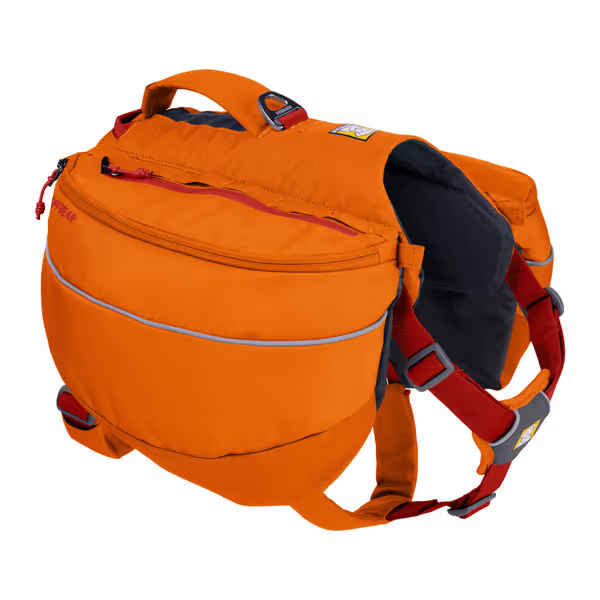
Ruffwear Approach Dog Backpack
Pros/Cons Symmetry ✅ Pros: Anti chafe stitching survived 50+ miles with no rub marks; 5 adjustment points fit Rudy's rescue mutated frame (deep chest, narrow waist); removable saddlebags convert to standalone day packs ❌ Cons: Requires pre hike stuffing practice to balance loads; reflective trim faded after 6 saltwater hikes (still functional but less visible) 🛠️ Repair/Maintenance Notes: Hand wash only, but dries in 90 minutes. Replaced buckles cost $8 from Ruffwear's lifetime warranty (cheaper than replacing the whole pack). 📦 Storage Footprint Callout: Folds flatter than a yoga mat (15x10x1.5"). Lives under my couch, not dominating closet space.
Cost-Per-Calm Verdict: At $99.95, this pack delivers 200+ hikes at $0.50/hike. For owners needing reliability, it's the unglamorous workhorse that pays dividends in calmer post hike behavior. Ideal for dogs 30 80 lbs tackling 2 10 mile trails. If your dog barrels through brush like Rudy, this is non negotiable.
OneTigris Dyno Outdoor Harness Set: Budget Temptation With Caveats
At $45.99, the Dyno harness/pack combo lures budget conscious hikers with its tactical marketing. First hikes felt promising, Rudy appreciated the padded chest plate and hi vis strips kept us visible during dusk walks. But durability crumbled by hike #12: stitching unraveled on one saddlebag after Rudy scraped it against coral rock (a common Miami trail hazard). Unlike the Approach, repairs aren't feasible, the packs aren't modular.
Pros/Cons Symmetry ✅ Pros: Front chest no pull design doubled as a walking harness; removable packs free up harness for car rides; fits narrow waisted dogs better than Ruffwear ❌ Cons: 1.8 L capacity maxes out at 2 L water + treats (useless for overnight trips); 1000D nylon stiffened in humidity, chafing Rudy's armpits by mile 3 🛠️ Repair/Maintenance Notes: Machine washable but lost waterproofing after 3 cycles. No warranty for seam failures, dead on arrival as a long term solution. 📦 Storage Footprint Callout: Bulkiest option (12x9x3"). Won't vanish in small apartments.
Cost-Per-Calm Verdict: At $46, it lasts ~15 hikes before failing, costing $3.07/hike. Cost-per-use tells the truth here: it's cheaper upfront, but you'll replace it 4x before matching the Approach's lifespan. Only consider for lean dogs under 50 lbs on short, predictable trails. Save it for backup duty, not primary adventures.
When to Skip the Pack (And Grab a Car Harness Instead)
Not every outing needs a dog pack for hiking. If you're driving to trailheads through wildfire smoke or monsoons (common in my Florida reality), prioritize safety en route. The Ruffwear Load Up Car Harness ($94.95) keeps Rudy secure without stressing his anxiety, its padded chest plate prevents the "airplane ear" panic cheap harnesses cause. But this isn't hiking gear; it's a complementary piece for responsible trail access. Skip any "all in one" packs claiming car to trail versatility, they compromise safety in both scenarios.
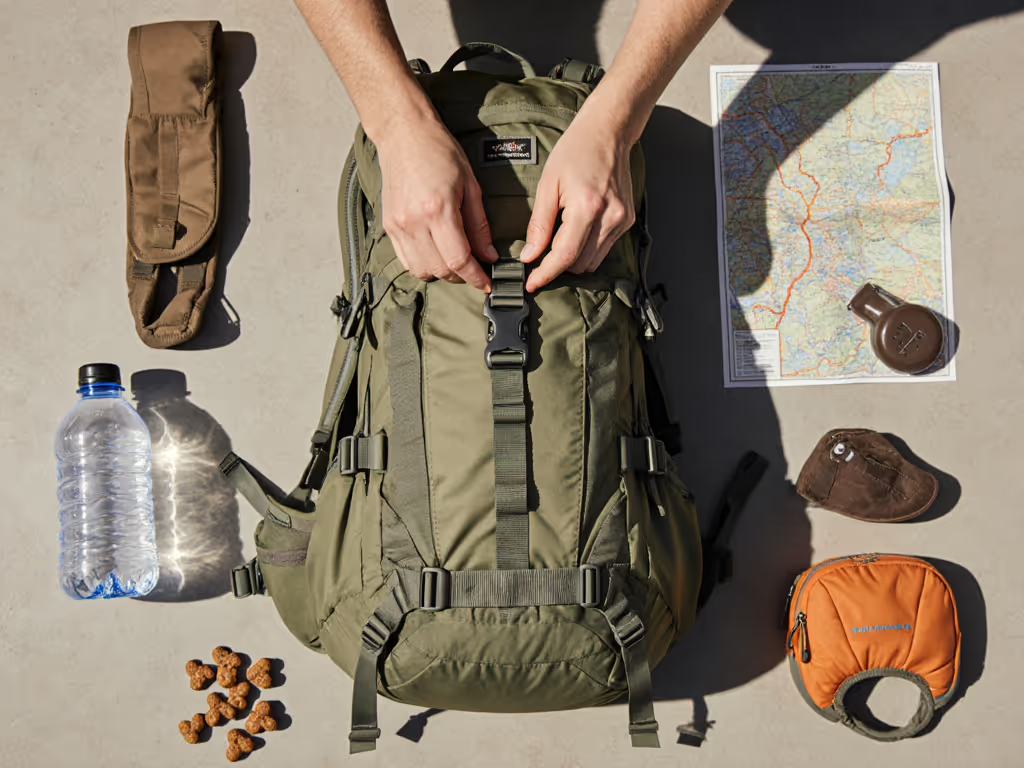
Your Decision Cheat Sheet: Matching Gear to Real Life
| Feature | Best For Budget Fatigue | Best For Reactive Dogs | Best For Multi-Day Trips |
|---|---|---|---|
| Top Pick | Ruffwear Approach | Ruffwear Approach | Ruffwear Approach |
| Cost-Per-Use | $0.50/hike | $0.50/hike | $0.50/hike |
| Why It Wins | Repairs extend lifespan | Weight distribution prevents anxiety spikes | Saddlebags hold 2 days' supplies |
| Avoid If... | You hike <5x/year | Your dog weighs <20 lbs | You need <$75 budget |
Critical Fit Checks Before You Buy
Don't get seduced by online specs. Your dog's "M" isn't standardized. Here's my fridge sticker checklist:
- Armpit clearance test: Slide two fingers under harness straps after tightening. If tight, skip it, chafing causes shutdowns.
- Weight distribution test: Load packs with 10% of dog's weight before hiking. Walk 100 ft. Does dog move fluidly? If stiff or limping, re adjust or return.
- Washability reality check: If it requires hand washing and 24 h drying time, will you actually clean it weekly? Rudy's calm depends on odor free gear.
The Final Verdict: Calm Is the Only Currency That Counts
The best dog hiking backpacks aren't the shiniest or cheapest, they're the ones that disappear into your routine while delivering predictable calm. After destroying ten "premium" packs in three years, I now only trust workhorses that pass the cost-per-use test. The Ruffwear Approach is the only model that turned hiking from a stressor into Rudy's daily reset button (even in conditions that shred lesser gear).
Your action plan:
- Start small: Load packs with 10% of dog's weight for first 5 hikes (e.g., 3 lbs for 30 lb dog)
- Track calm: Note post hike behavior (e.g., "Rudy settled in 10 mins vs. usual 45")
- Calculate cost-per-calm: Divide pack cost by actual hike count (not marketing promises)
Real value isn't the gear itself, it's the repeatable calm you carry home. When cost-per-use tells the truth, your dog gets consistent outlets, your wallet stays intact, and that Instagram perfect trail photo becomes a genuine moment of peace. Rudy's still choosing the same dinged up pack. I'll take dependable calm over checkout day sparkle any day.
Related Articles

